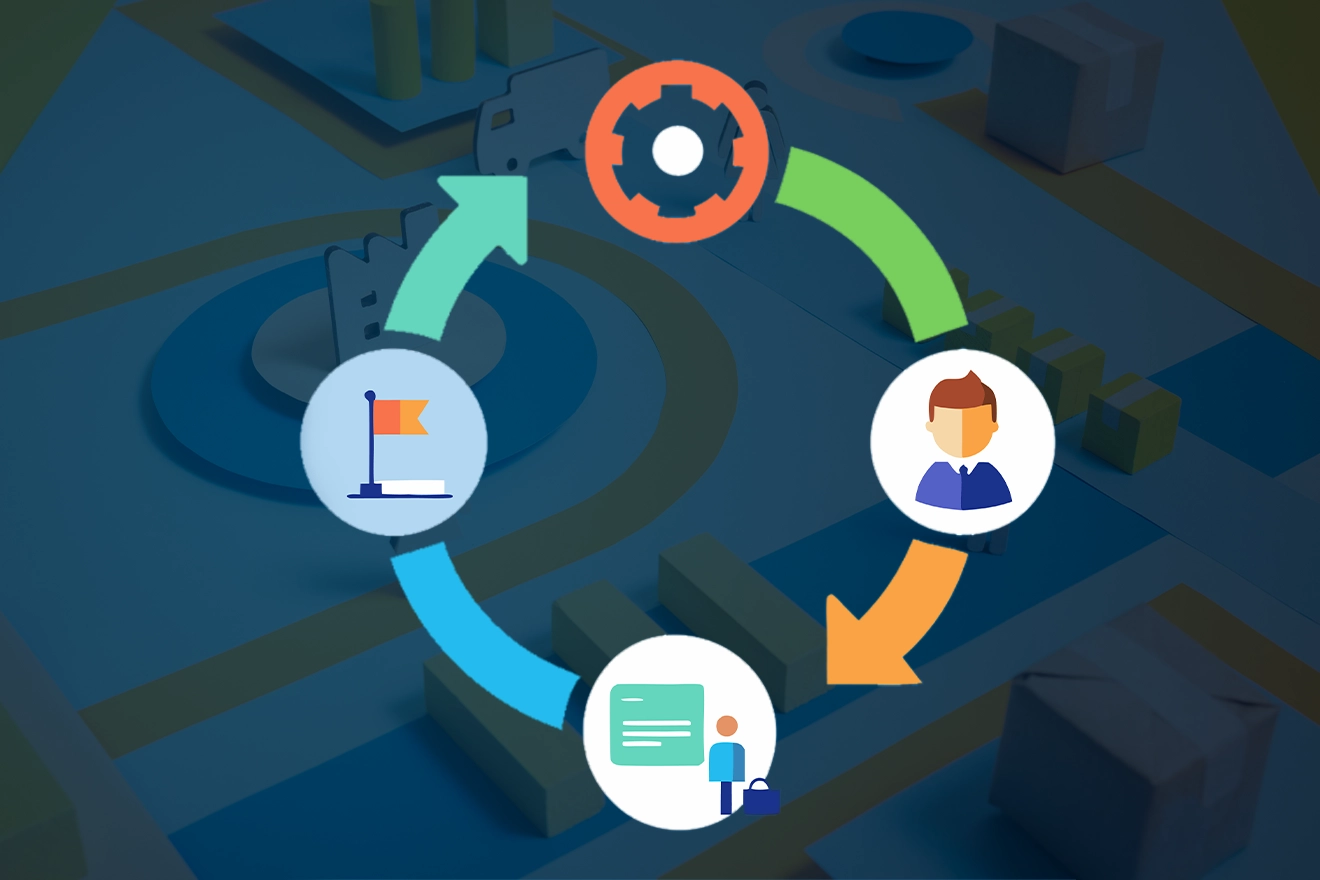
In today's competitive pharmaceutical landscape, effective lifecycle management is no longer optional—it's essential for sustaining product value and maintaining Regulatory compliance. As of March 2025, with patents expiring and regulations continuously evolving, a comprehensive approach to pharmaceutical product lifecycle management can be the difference between a pharmaceutical product's continued success and its premature obsolescence.
Understanding the Complete Pharmaceutical Product Lifecycle
The pharmaceutical product lifecycle extends far beyond the traditional focus on patent expiry. It encompasses every stage, from lead molecule discovery to development, Regulatory approval, commercialization, and eventually plateauing. Recent Regulatory developments, particularly the ICH Q12 guideline on technical and Regulatory considerations for pharmaceutical product lifecycle management, have emphasized the importance of a structured approach throughout this journey.
Regulatory guidance focuses specifically on the product lifecycle's commercial phase and applies to chemical and biological pharmaceutical products that require marketing authorization. Its goal is to harmonize post-approval changes, facilitate scientific innovation, and help mitigate drug shortages—critical considerations for any pharmaceutical company.
Regulatory Framework for Lifecycle Management
The ICH Q12 guideline introduces several key tools and enablers that form the foundation of effective lifecycle management:
Established Conditions (ECs)
These legally binding elements of a product's approval require Regulatory notification if changed. By defining ECs early in the process, companies can create predictability in Regulatory oversight and more efficiently manage post-approval changes.
Post-Approval Change Management Protocol (PACMP)
This Regulatory tool provides predictability regarding the information required to support Chemistry, Manufacturing, and Controls (CMC) changes based on prior agreement between the Marketing Authorization Holder (MAH) and the Regulatory authority. With a PACMP, companies can plan and implement future changes to ECs efficiently and predictably.
Product Lifecycle Management (PLCM) Document
The PLCM document is a central repository for the ECs and their associated reporting categories. It captures how a pharmaceutical product will be managed during the commercial phase, including relevant post-approval CMC commitments and PACMPs.
Strategic Approaches to Lifecycle Management
Beyond Regulatory Compliance, effective lifecycle management involves strategic initiatives to maximize pharma product value:
- Reformulation and Improved Delivery
- Finding New Indications
- Manufacturing and Quality Improvements
Best Practices for Implementing Effective Lifecycle Management
To implement an effective lifecycle management strategy:
- Establish Clear Responsibilities: The Market Authorization Holder (MAH) updates the registered dossier according to country-specific requirements. Different global health authorities have varying demands for reports or renewal submissions.
- Build Cross-Functional Teams: Effective lifecycle management requires input from R&D, Regulatory affairs, manufacturing, marketing, and market access functions.
- Develop a Regulatory Submission Strategy: With global health authorities having different requirements, "a Regulatory submission strategy plays a significant role" in getting approvals or acceptance as soon as possible.
- Implement Periodic Product Reviews: Conduct Annual Product Quality Reviews (APQR) and Regulatory compliance audits regularly, as outlined in ICH Q10 guidelines.
- Monitor Market Dynamics: Continuously assess the competitive landscape, pricing pressures, and Regulatory requirements.
Conclusion
As pharmaceutical product lifecycles grow increasingly complex, companies must adopt proactive, strategic approaches to lifecycle management. Companies can maximize product value throughout their commercial life by understanding Regulatory frameworks, implementing appropriate tools, and pursuing innovative strategies.
Effective lifecycle management isn't just about extending patent life—it's about creating sustained value for patients, healthcare systems, and pharmaceutical manufacturers. With the proper roadmap and expertise in Regulatory Affairs, companies can navigate the complexities of product lifecycles and turn challenges into opportunities for innovation and growth.









